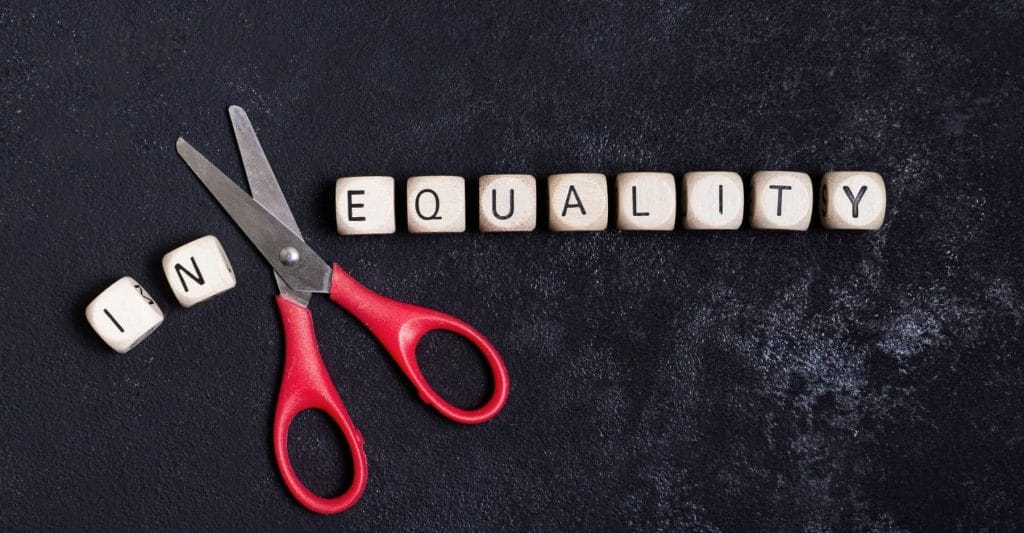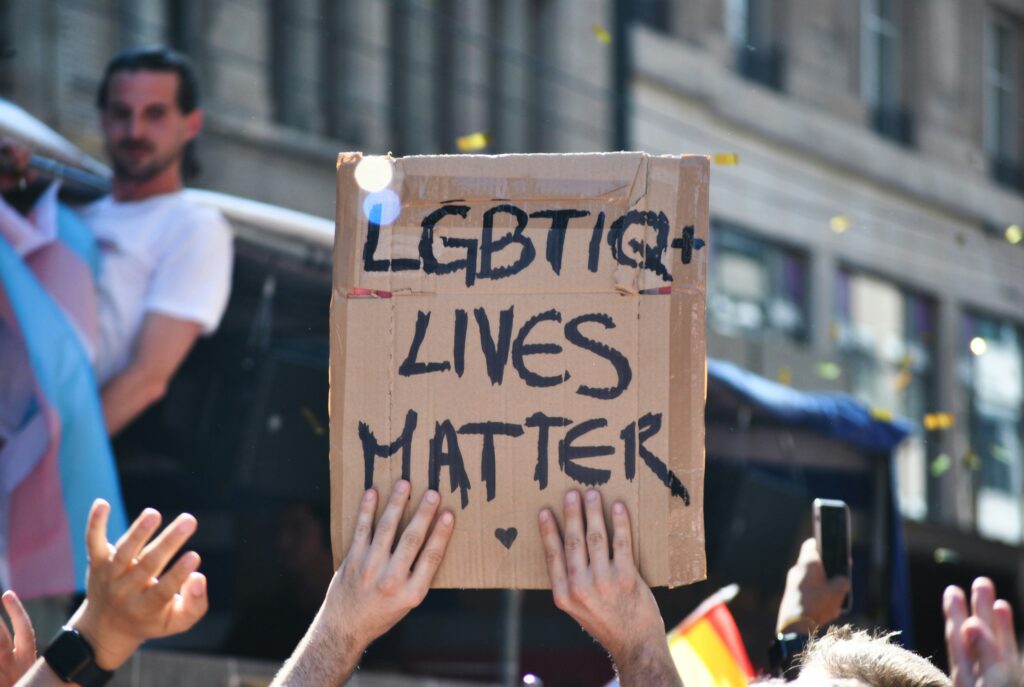In a ruling that has sparked widespread concern among equality advocates and the LGBTQIA+ community, the UK Supreme Court has handed down its decision in For Women Scotland Ltd (Appellant) v The Scottish Ministers (Respondent)—a case centred on the legal definition of “woman” under the Equality Act 2010. At its core, the dispute questioned whether trans women with a Gender Recognition Certificate (GRC) could be counted as women for the purpose of achieving gender balance on public boards in Scotland.
While the case may have appeared to rest on a technical point of statutory interpretation, its implications are anything but minor. The judgment effectively excludes trans women from the legal definition of “woman” as used in the Equality Act, reinforcing a biological essentialist view of gender and rolling back recognition of the lived experiences and rights of trans individuals. In doing so, the Court’s reasoning not only undermines progress towards inclusive representation but also risks legitimising harmful rhetoric that dehumanises and marginalises trans women. This blog post unpacks the facts, arguments, and far-reaching consequences of this controversial decision.
For Women Scotland Ltd (Appellant) v The Scottish Ministers (Respondent)
The parties in this case were For Women Scotland Ltd (Appellant) and the Scottish Ministers (Respondent). The main issue in this case was whether a person with a full gender recognition certificate (GRC) which recognises that their gender is female, would be recognised as a woman for the purposes of the Equality Act 2010.
Facts
- The appellant is an organisation that challenged the statutory guidance issued by the Respondent under the Gender Representation on Public Boards (Scotland) Act 2018.
- The statutory guidance stated that a trans woman with GRC should be treated as a woman to achieve the purpose of gender representation objective of 50% women on public boards.
- The appellant argued that this interpretation was unlawful, arguing that sex-based protections should only apply with respect to cisgender women – a clearly bigoted argument that reinforces the marginalisation of trans women.
- Thus, the key issue was whether the Equality Act 2010’s references to “sex,” “man,” “woman,” “male,” and “female” should be interpreted in light of the Gender Recognition Act 2004, which allows a person to change their legal sex by obtaining a GRC.
Judgment
- In the judgment, the Supreme Court analysed the definitions of “sex,” “man,” and “woman” in the EA 2010, and concluded that these terms refer to “biological sex”.
- The Supreme Court noted that interpreting “sex” as certificated sex rather than biological sex would supposedly be impractical.
- Therefore, the decision suggests that trans women cannot legally identify as women.
- This is problematic in the context of the Court effectively defining women at the exclusion of trans women. In terms of the effects of the ruling on the lives of trans women, the judgment means that trans women are to be excluded from women only spaces which could result in, for example, trans women being placed in male prisons where they are more likely to be subject to harassment and abuse. The ruling also legitimises transphobic claims that trans women are not women; claims that been weaponised to suggest that trans women are deliberately ‘changing’ their gender to enter female spaces such as bathrooms and sports. Hence, the Court’s judgment will have harmful repercussions as to the legal and social status of the trans community.


